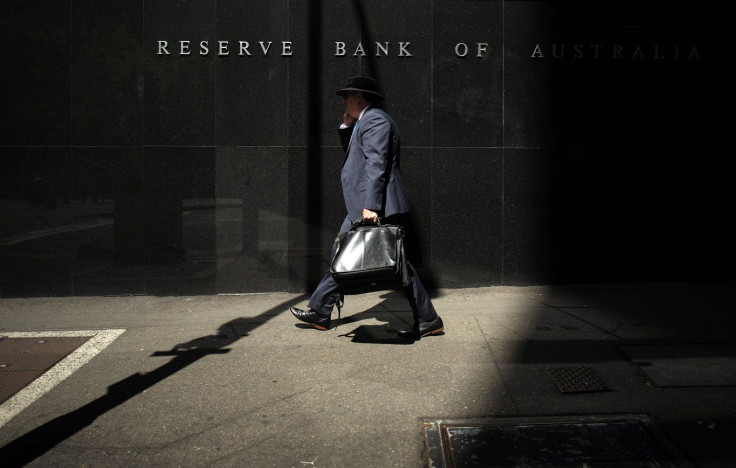Australia's Lower Than Expected GDP Growth May Push RBA Rate Cut

Australia’s economic growth has slowed down in the fourth quarter of 2014 as the mining boom continued to fade away and businesses controlled their spending. Consumer confidence has remained low which raised the possibility of another cut in interest rates.
According to Australia’s latest economic data, gross domestic product grew 0.5 percent in the three months to the end of 2014. The GDP was slightly below the expected growth of 0.6 percent. The country’s GDP growth has reached 2.5 percent annually.
Financial Times reports that the GDP rate is below the long-term trends for Australia that has enjoyed more than 20 years of unbroken growth. ANZ Bank economist Felicity Emmett said the soft growth outcome reflects a declining mining investment, weak public spending and a “large subtraction to growth” from inventories. She added that ANZ expects the Reserve Bank of Australia to cut interest rates by 25 basis points in April.
Australia’s economy has been free from recession for nearly a quarter of a century because of the mining boom and economic reforms. However, the sharp decline in the country’s main exports such as iron ore, liquefied natural gas and coal has restricted business profits. Along with declining mining investments, confidence has remained low and caused the unemployment rate to soar to a new 12-year high of 6.4 percent.
The new economic data also showed a decline in business inventories in the fourth quarter, pushing GDP growth down by 0.6 percent. Public investment dropped to 0.9 percent in the quarter. The main contributor to growth has been the net exports due to the increase in iron ore exports. But with mining investments predicted to fall further by 12.5 percent in 2015 to 2016, some economists warn of tough times ahead.
Capital Economics has predicted that the growth will slow down from 2.7 percent to 1.8 percent within the year. Previous reports said the government is relying on agriculture, construction and services sectors as drivers of growth.
In February, the Reserve Bank of Australia had cut interest rates to a record low of 2.25 percent to stimulate growth. The RBA said although rates remain unchanged, it might soon take action to help in the transition to growth.
Following the release of economic data, Australian Treasurer Joe Hockey downplayed the low rate and insisted that Australia’s economy had performed better than the U.S., Japan and Germany in 2014. Brisbane Times reports that he cited growth in housing investment and household spending as positive signs.
To report problems or leave feedback on this article, contact: r.su@ibtimes.com.au






